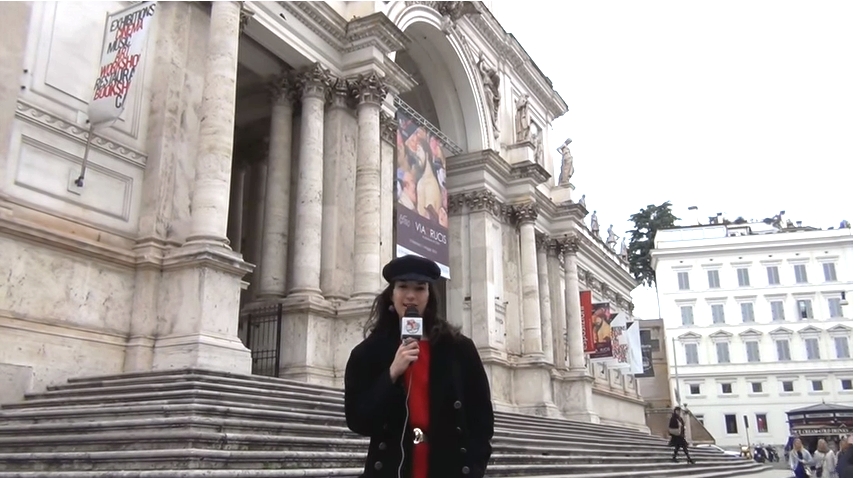
We are back with a new report from the Palazzo delle Esposizioni in Rome, where we followed a workshop for children inspired by the exhibition “Il Giardino di Matisse”, currently on in the Museum. This show displays the original art from the namesake book by writer Samantha Friedman and Italian illustrator Cristina Amodeo, who reinterpreted the work by Henri Matisse.
The book was created for the exhibition “Henri Matisse: The Cut Outs” at MoMA. This was part of a new project by the NY museum, consisting in publishing a book for every large show linked to its collection, and a collaboration with several houses national and international publishing houses. For Italy it’s Fatatrac.
The osmotic process ended up in this workshop at Palazzo delle Esposizioni, where children were trying their hand at the collage, helped by their parents. The workshop was in fact aimed at family – so that art can become a way to spend quality time together. Enjoy the video! (in Italian)
Read More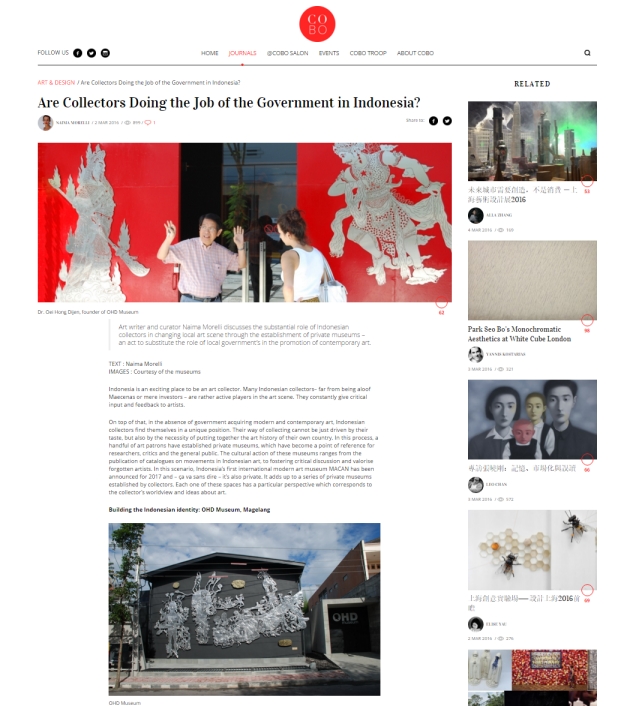

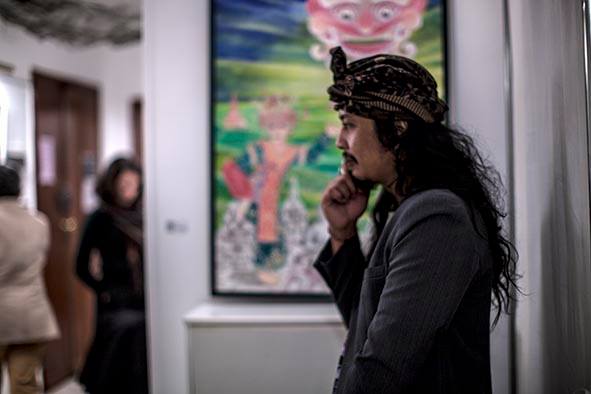
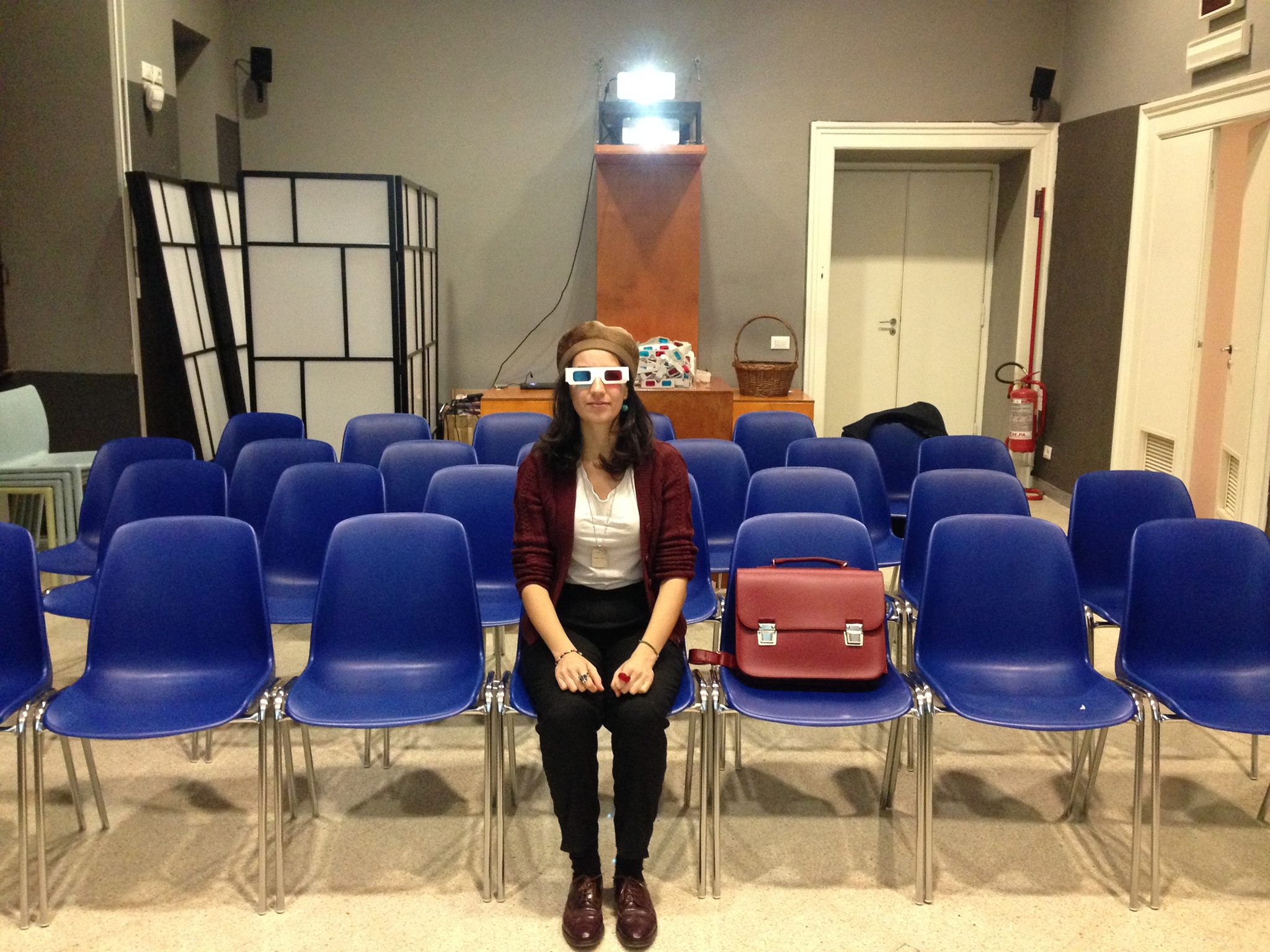

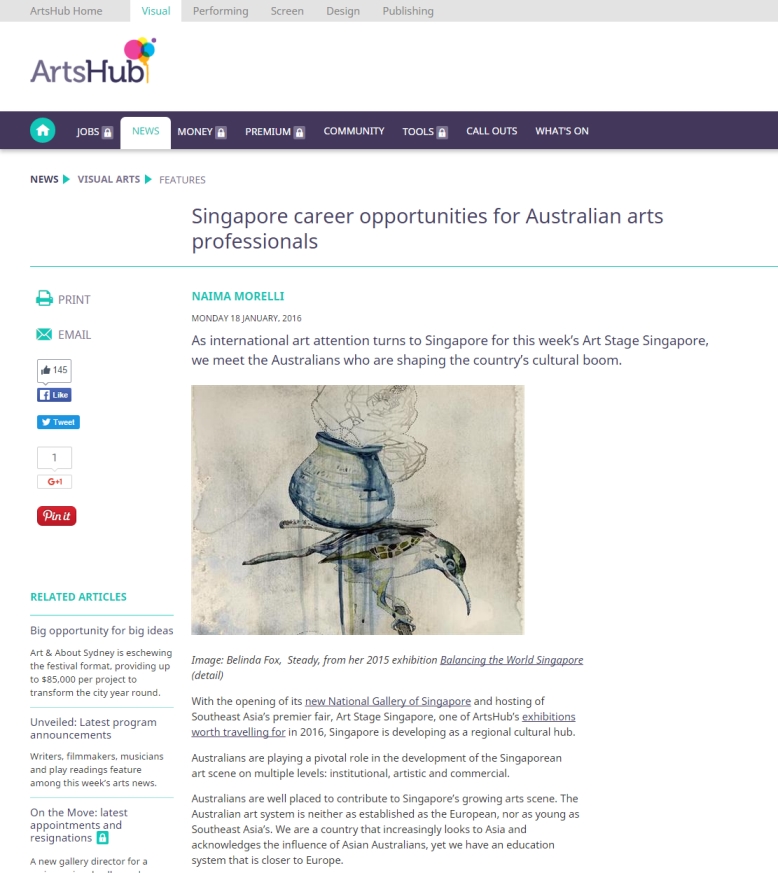



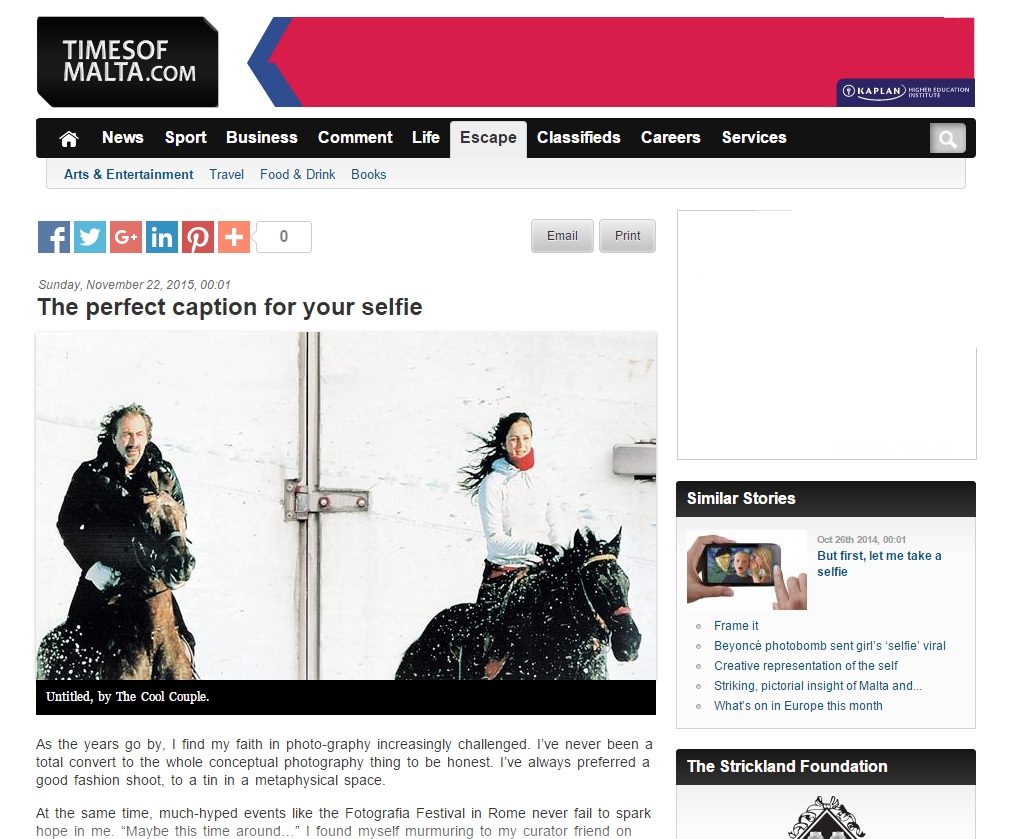
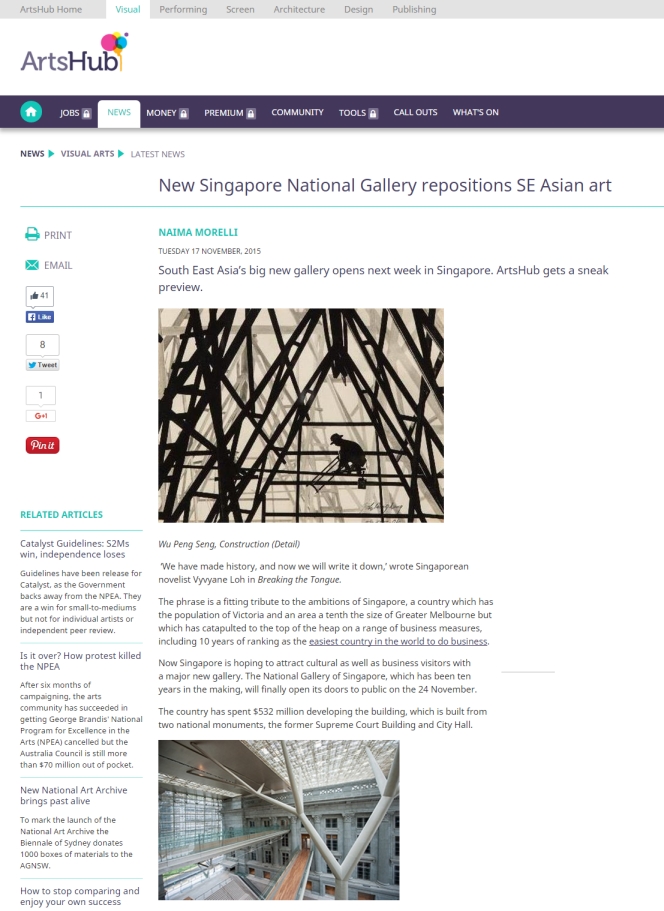




Published! Interview with Koushna Navabi on Global Comment
I’m back at my desk (figuratively) after a few days hiatus. I didn’t go far really. I’m spending summer in my hometown Sorrento and I have been exploring the beautiful surroundings – Positano, Amalfi, Capri, Ieranto and so on – with my partner in crime, curator Roberto D’Onorio. (Here and here our visual diary where we shamelessly glamourize ourselves.)
Back to my beloved work, it was great to see that Global Comment published my interview with Iranian/American/London-based artist Koushna Navabi. I visited her studio one year ago, and I was fascinated by the delicate dark beauty of her art. Koushna left Iran at sixteen and flew to America. In her teen years, she discovered art, and felt in love with Europe. She therefore moved to London to attend the Goldsmith college, in the beginning of the Young British Artists movement.
Today Koushna is a successful artist living in London. Her work addresses the relationship between West and Middle East, Iranian identity and women issues. It is based both on memories and personal experience, but also discusses past and present politics of her native country. She considers art therapeutic for both the artist and the viewer. In this interview we talk taxidermy, orientalism in art, Koushna’s artistic process, her struggles to accept her Iranian identity and her final decision to embrace it.
Here’s the link to the interview
Read More